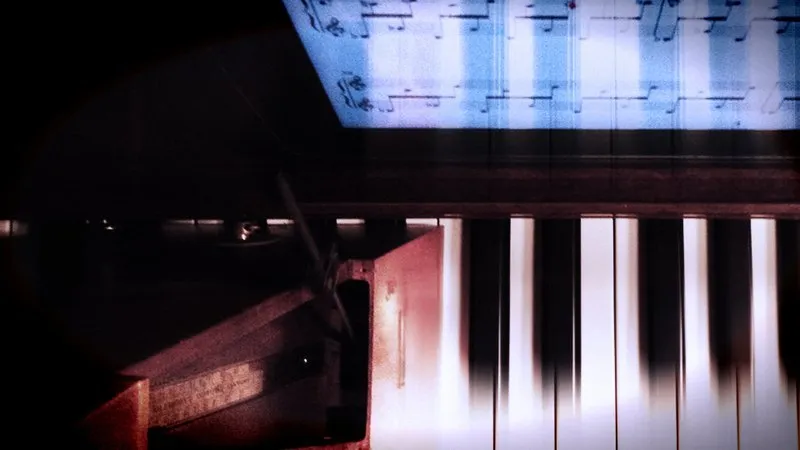
Reinventing the Piano 
Discover the fundamentals of Reinventing the Piano ▼
ADVERTISEMENT
Course Feature
![]() Cost:
Cost:
Free
![]() Provider:
Provider:
Kadenze
![]() Certificate:
Certificate:
Paid Certification
![]() Language:
Language:
English
![]() Start Date:
Start Date:
On-Demand
Course Overview
❗The content presented here is sourced directly from Kadenze platform. For comprehensive course details, including enrollment information, simply click on the 'Go to class' link on our website.
Updated in [May 19th, 2023]
In this course, Reinventing the Piano, students will explore the design of the piano and its impact on creativity. They will learn about the relationship between various keyboard instrument designs, the range of color that emerges when tuning intervals, and the choices that need to be made when tuning a keyboard instrument. Additionally, students will study the prepared piano, the autonomous piano, and the digital piano, as well as Trueman’s own prepared digital piano. This course will also cover topics such as rhythm, meter and groove, music perception, adaptive digital systems, and the creative process. Students will engage with a range of music, from Frescobaldi, Scarlatti, J.S. Bach and his son C.P.E. Bach, to Schubert, Conlon Nancarrow, György Ligeti, and John Cage. Finally, this course will focus on the creative process and how composers today might invent, and reinvent, instruments to create new work.
[Applications]
Suggestions for the application of this course include exploring the expressive relationship between various keyboard instrument designs, understanding the range of color that emerges when tuning intervals, and considering how the piano can be reinvented acoustically and digitally. Additionally, students can gain insight into the creative process and how to invent and reinvent instruments to create new work. Finally, the course can be used to gain a better understanding of the history of the piano, from Frescobaldi to Conlon Nancarrow, and to explore the work of John Trueman, including his Nostalgic Synchronic Etudes for prepared digital piano.
[Career Paths]
Recommended career paths for learners of this course include:
1. Piano Technician: Piano technicians are responsible for the maintenance and repair of pianos. They must have a thorough knowledge of the instrument’s design and mechanics, as well as the ability to diagnose and repair any issues. With the increasing popularity of digital pianos, piano technicians must also be familiar with the latest technology and be able to troubleshoot any digital issues.
2. Piano Teacher: Piano teachers are responsible for teaching students of all ages how to play the piano. They must have a thorough knowledge of music theory and be able to teach students the basics of playing the instrument. With the increasing popularity of digital pianos, piano teachers must also be familiar with the latest technology and be able to teach students how to use digital pianos.
3. Piano Composer: Piano composers are responsible for creating original music for the piano. They must have a thorough knowledge of music theory and be able to create music that is both creative and technically sound. With the increasing popularity of digital pianos, piano composers must also be familiar with the latest technology and be able to create music that utilizes digital pianos.
4. Piano Tuner: Piano tuners are responsible for tuning pianos to ensure they are in tune and sounding their best. They must have a thorough knowledge of the instrument’s design and mechanics, as well as the ability to accurately tune the instrument. With the increasing popularity of digital pianos, piano tuners must also be familiar with the latest technology and be able to tune digital pianos.
[Education Paths]
Recommended degree paths:
1. Music Technology: Music technology is a rapidly growing field that combines music and technology to create new and innovative ways of creating and performing music. This degree path focuses on the use of technology to create, record, and manipulate music, as well as the use of technology to create new instruments and sounds. Developing trends in this field include the use of artificial intelligence to create music, the use of virtual reality to create immersive musical experiences, and the use of machine learning to create new musical instruments.
2. Music Composition: Music composition is the process of creating music by combining elements of melody, harmony, rhythm, and form. This degree path focuses on the creative process of writing music, as well as the technical aspects of music composition. Developing trends in this field include the use of technology to create new sounds and instruments, the use of artificial intelligence to create music, and the use of virtual reality to create immersive musical experiences.
3. Music Performance: Music performance is the process of performing music in front of an audience. This degree path focuses on the technical aspects of performing music, as well as the creative aspects of performance. Developing trends in this field include the use of technology to create new sounds and instruments, the use of artificial intelligence to create music, and the use of virtual reality to create immersive musical experiences.
4. Music Education: Music education is the process of teaching music to students of all ages. This degree path focuses on the pedagogical aspects of teaching music, as well as the creative aspects of teaching music. Developing trends in this field include the use of technology to create new sounds and instruments, the use of artificial intelligence to create music, and the use of virtual reality to create immersive musical experiences.
Course Provider

Provider Kadenze's Stats at AZClass
Discussion and Reviews
0.0 (Based on 0 reviews)
Explore Similar Online Courses
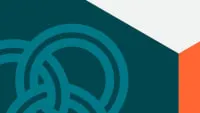
DevOps on AWS: Operate and Monitor : Course 3 of 3
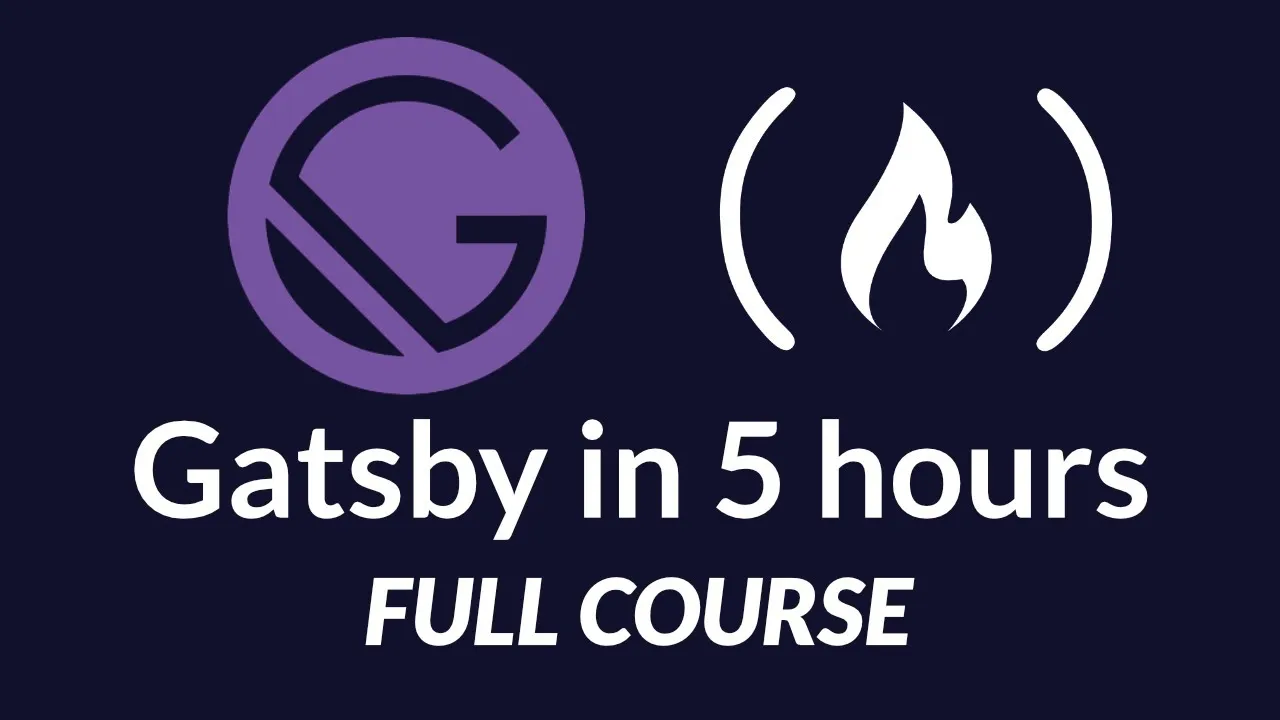
The Great Gatsby Bootcamp - Full Gatsbyjs Tutorial Course

Python for Informatics: Exploring Information

Social Network Analysis

Introduction to Systematic Review and Meta-Analysis

The Analytics Edge

DCO042 - Python For Informatics

Causal Diagrams: Draw Your Assumptions Before Your Conclusions

Whole genome sequencing of bacterial genomes - tools and applications
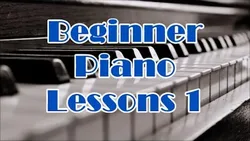
Piano Lessons For Beginners Series - How To Play Piano

Guitar Performance Techniques
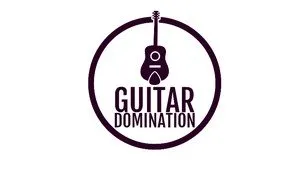

Start your review of Reinventing the Piano